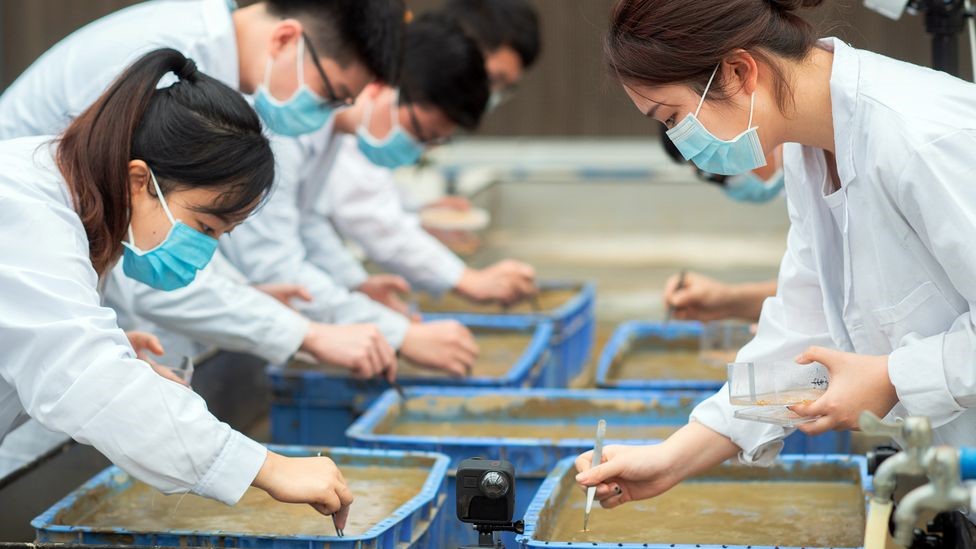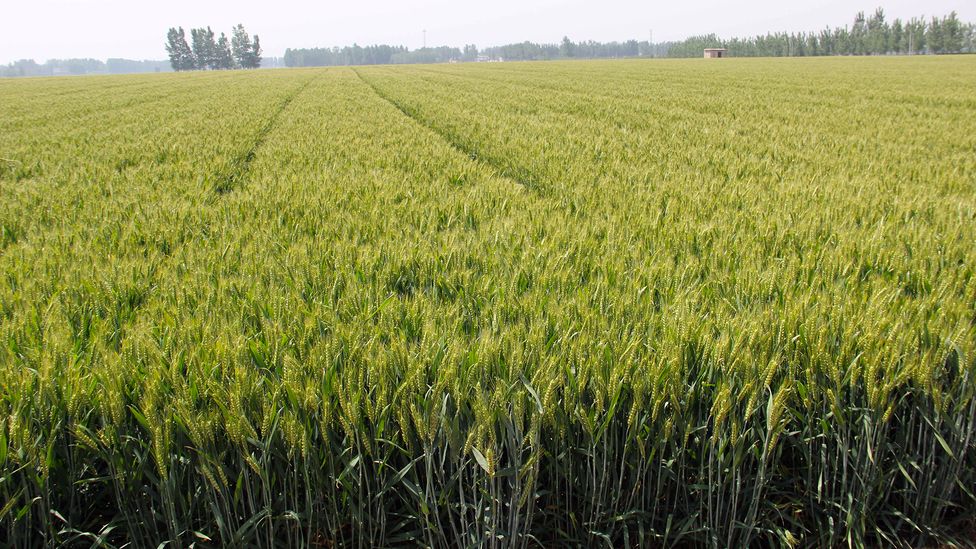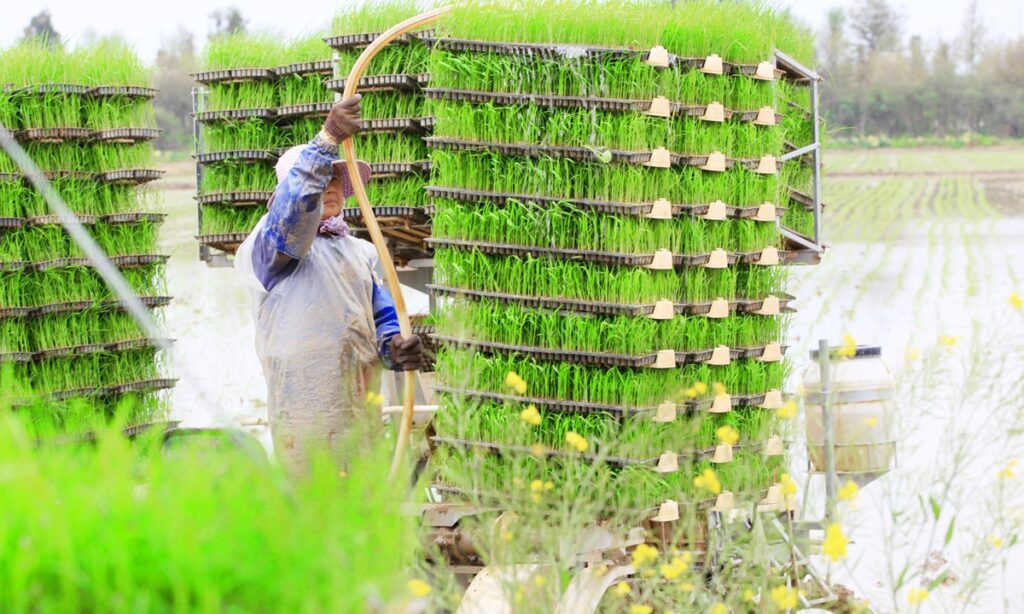At first, the idea of sending seeds to space seems bizarre. Sending seeds to space evokes the image of planting saplings on other planets. That sounds crazy, right?
But that’s not quite what China had in mind when it sent seeds to space. Since the year 1987, China has been sending batches of seeds to space as part of its space program research on space breeding. The aim behind this programme is to expose the seeds to microgravity and cosmic radiation, which induces subtle and pervasive changes in the genes of the seeds. This modification of the seed genes can produce new and better varieties of plants, which are resistant to bad weather, adverse environments, and disease. The process of space-breeding by exposing seeds to low-gravity and other cosmic conditions is called space mutagenesis. According to a research article published in Frontiers, seeds bred in space go through several genetic modifications, which can lead to new generations of crops that are able to withstand different types of environmental conditions.

However, the space breeding experiment is not always successful. In some cases, the seeds undergo mutations that destroy their ability to propagate. In the years following the first space breeding experiment, 200 species out of a total of 1,000 newly created species of space-bred seeds have shown excellent performances. Space mutagenesis researchers in China are citing the success story of a particular type of space-bred wheat—Luyuan 52—as an example. It is the second-most grown wheat variety in China and the seeds yield a 11% higher output as compared to other varieties. It is also resistant to pests and drought-like weather conditions, which make it a perfect example of the potential of space-breeding programs.
Wheat seeds are not the only seeds bred in space. Recently, China’s Shenzhou-13 spacecraft returned after completing 183 days in space, bringing back clover seeds, oats, rice, cabbage, and even mushrooms. The total number of seeds was 12,000. Once the seeds are brought back from space, multiple rounds of screening and testing are carried out to analyse genetic mutations. After that, some species of seeds are earmarked for further space research, while others are cultivated for food or used for ecological regeneration. Rice seeds have also been bred in space, another success story for China’s space mutagenesis research. In November 2020, 40 grams of rice were sent on a lunar voyage for 23 days through the Chang-e Lunar Probe. The rice is currently being cultivated and tested to determine whether it is a high-yielding variety that will be fit for human consumption.

There is a lot of curiosity generated in academic, intellectual circles, and even laypersons about how the seeds react to diverse conditions in space. At the consumer level, people are attracted towards ‘space food’, which is bigger, better, and tastier than earth-food. Consumers are eager to purchase the space-bred varieties, while farmers are reporting that they grow faster than other earth-bred varieties. Fruit and vegetable markets stock space-bred fruits, vegetables, and lentils, including peppers, eggplants, tomatoes, cucumbers, and beans. Seed farms, agricultural institutes, and breeding centres are rushing to explore this new facet of space research, a confluence of agricultural, scientific, astronomical, and genetic studies.
China was not the first to come up with the idea of sending seeds to space. Scientists in the United States of America and the Soviet Union were the first to conduct experiments by sending carrot cells via the Soviet satellite, Kosmos 782, in November 1975. Today, too, several countries participate in space breeding research. In October 2020, Taiwan sent seeds to outer space for the first time through the International Space Station (ISS). Thailand, Australia, New Zealand, and Malaysia also participated in the program, which was organised by Japan’s National Aerospace Exploration Agency.

Currently the leader in space seed research, China is able to conduct such space breeding experiments because of its superior aerospace technology and high budgets allocated to space research. Around 2.4 million hectares of land have been set aside for the cultivation of space-bred crops, and the economic remuneration has been estimated at around 200 billion yuan ($30.51 billion). With more and more crops being grown in space and new varieties of fruits, vegetables, and lentils being created, the issue of food security will slowly be resolved.
Space breeding may also be a solution to the problem of obtaining sufficient food for livestock, which is a prevalent issue for the country’s agricultural sector. It can also help the country cut down on its imports of seeds. Researchers and scientists have compared space-breed seeds to a ‘chip’—the most important element in the semiconductor industry. It’s possible that very soon, seeds bred in space will acquire an importance equal to that of a chip in the semiconductor industry.
Written by Christalle Fernandes
Edited by Labdhi Shah




